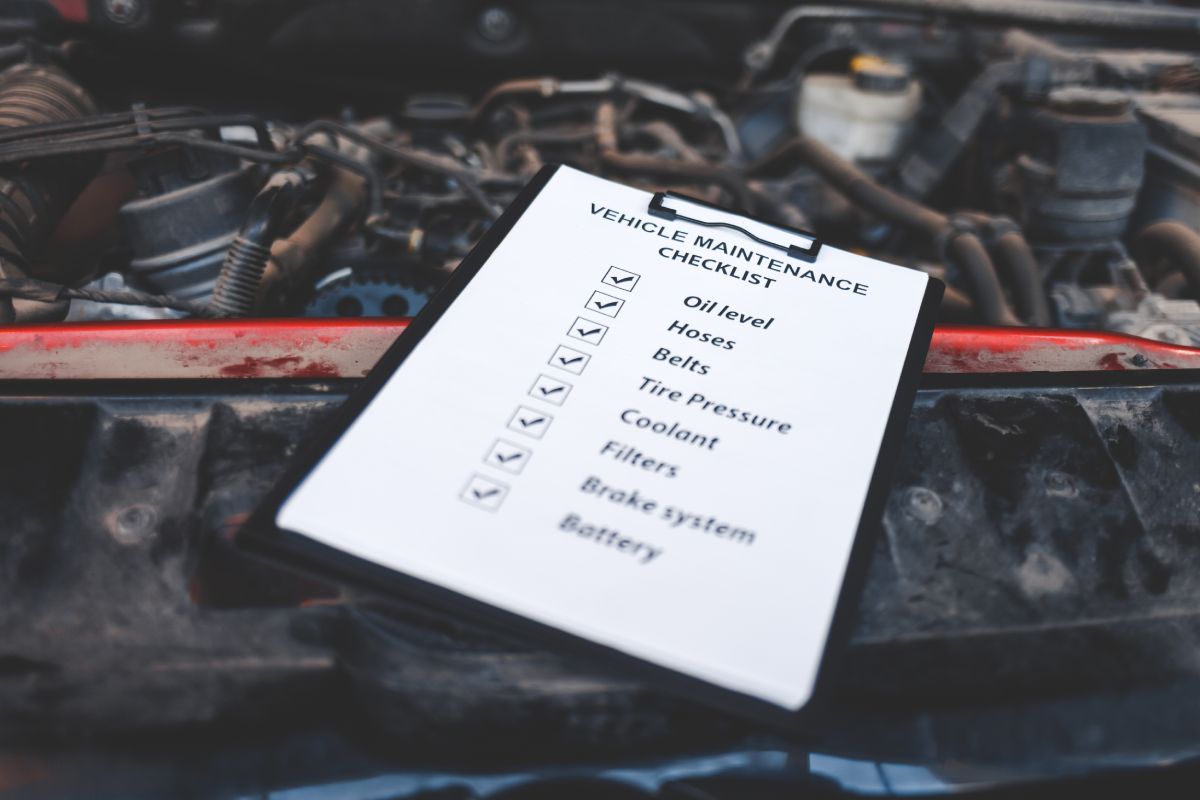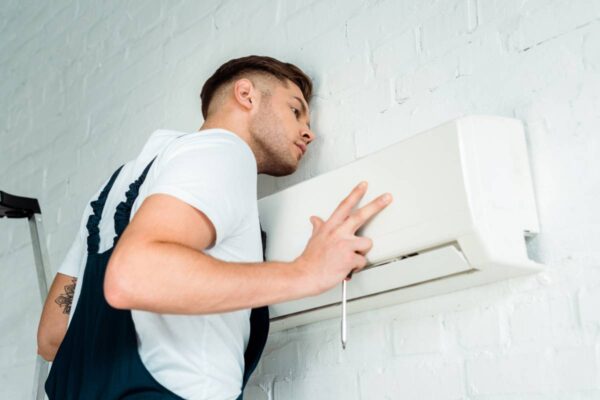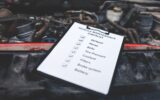Last time we made a guide about checklist inspection before buying a house, and with almost the same necessity for some, so we have to create this too, the checklist inspection before buying a car.
When it comes to buying a car, it’s essential to make an informed decision to ensure you’re getting a reliable and suitable vehicle. One of the crucial steps in the car-buying process is conducting a thorough inspection before making a purchase.
Using a checklist during the inspection process can help ensure that you don’t overlook any critical aspects. In this article, we will explore the importance of a checklist inspection and dive into the interior inspection component in detail.
Interior Inspection Before Buying a Car
The interior of a car is where you and your passengers will spend a significant amount of time. It is crucial to ensure that it provides comfort, and functionality, and is in good condition. Here are some key areas to focus on during the interior inspection:

- Upholstery Condition and Cleanliness: Examine the seats, including the front and rear upholstery, for any signs of damage, such as tears, stains, or excessive wear. Check if the seat adjustment mechanisms work smoothly and that the seats offer sufficient support and comfort. Additionally, inspect the carpeting and floor mats for any signs of damage or excessive dirt.
- The functionality of Seats, Adjustments, and Seat Belts: Test each seat to ensure that all adjustments, such as reclining, height adjustment, and lumbar support, work properly. Pay attention to the seatbelts as well, ensuring they retract and fasten securely.
- Condition of Dashboard Controls and Instrument Panel: Inspect the dashboard controls, including the steering wheel functions, audio system, air conditioning controls, and other features. Ensure that all buttons, knobs, and switches are in working order and that the instrument panel displays accurate information.
- Proper Functioning of Air Conditioning and Heating Systems: Turn on the air conditioning and heating systems to check if they provide adequate cooling and heating. Ensure that the temperature control, fan speed, and air distribution functions work effectively.
- The functionality of the Audio System and Other Electronic Features: Test the audio system by playing music and checking all speakers for balanced sound. If the car has additional electronic features such as GPS navigation, Bluetooth connectivity, or rearview cameras, verify their functionality as well.
A well-maintained and functional interior not only enhances your driving experience but also contributes to the long-term value and enjoyment of the vehicle.
Exterior Inspection Before Buying a Car
The exterior condition of a car not only affects its appearance but also provides valuable insights into its overall condition and history. So, what’s about it? Let’s take a look.
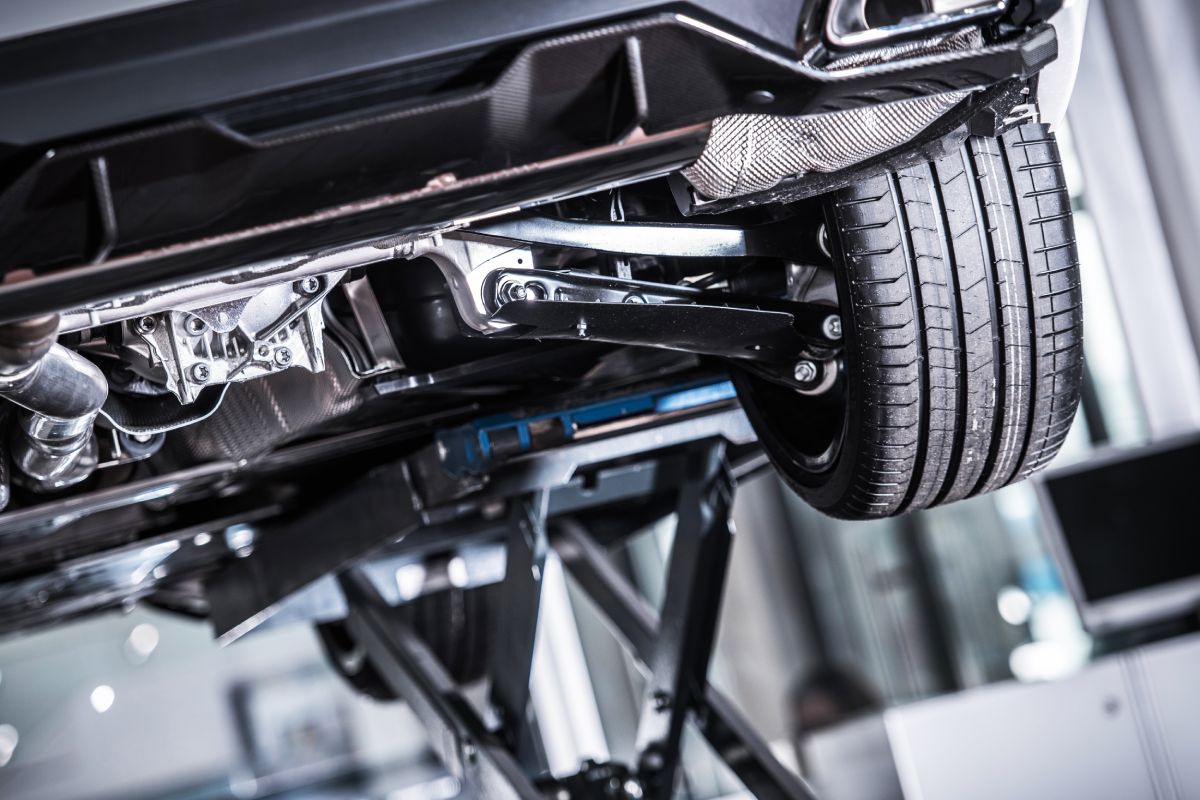
- Body Condition and Paintwork: Carefully examine the body panels for any signs of dents, scratches, rust, or mismatched paint, which could indicate previous damage or repairs. Look for any uneven gaps between the panels, which may suggest poor repairs or potential structural issues.
- Signs of Previous Accidents or Repairs: Inspect the car for any indications of previous accidents or repairs, such as misaligned body panels, inconsistent paint texture, or panels that appear to be newer than others. This examination will help you determine if the car has been involved in any significant collisions.
- Tire Condition and Tread Depth: Check the condition of the tires, including the sidewalls and tread. Look for signs of uneven wear, bulges, or cuts on the sidewalls. Ensure that the tread depth meets legal requirements and that the tires are evenly worn, as uneven wear may indicate alignment or suspension issues.
- Functioning Lights, Indicators, and Mirrors: Test all the lights, including the headlights, taillights, turn signals, brake lights, and hazard lights, to ensure they are in proper working condition. Additionally, check the functionality of the side mirrors, as well as any other exterior mirrors or cameras equipped on the vehicle.
- Condition of Windows and Windshield: Inspect the windows and windshield for any cracks, chips, or significant damage that may impair visibility or require costly repairs. Small chips can often be repaired, but larger cracks may necessitate windshield replacement.
Mechanical Inspection
- Engine Condition and Signs of Leaks: Inspect the engine bay for any signs of oil leaks, coolant leaks, or other fluid leaks. Check the condition of belts and hoses for cracks or excessive wear. Look for any unusual smells or smoke during the inspection.
- Inspection of Fluid Levels: Check the fluid levels of essential components such as engine oil, coolant, brake fluid, and transmission fluid. Low fluid levels or dirty fluids may indicate poor maintenance or potential issues.
- Battery Health and Connections: Inspect the battery for any signs of corrosion, loose connections, or damage. Ensure that the battery is secure and properly installed. A weak or faulty battery can lead to starting and electrical problems.
- Brake Condition and Responsiveness: Test the brakes by applying them gently and firmly while driving at low speeds. Listen for any unusual noises, vibrations, or grinding sounds, as these may indicate brake system issues. Ensure that the brake pedal feels firm and responsive.
- Suspension and Steering System Inspection: Check the suspension system for any signs of excessive wear or damage, such as worn-out bushings or leaking shock absorbers. Test the steering system for smooth operation and responsiveness, making sure there are no unusual noises or vibrations when turning the steering wheel.
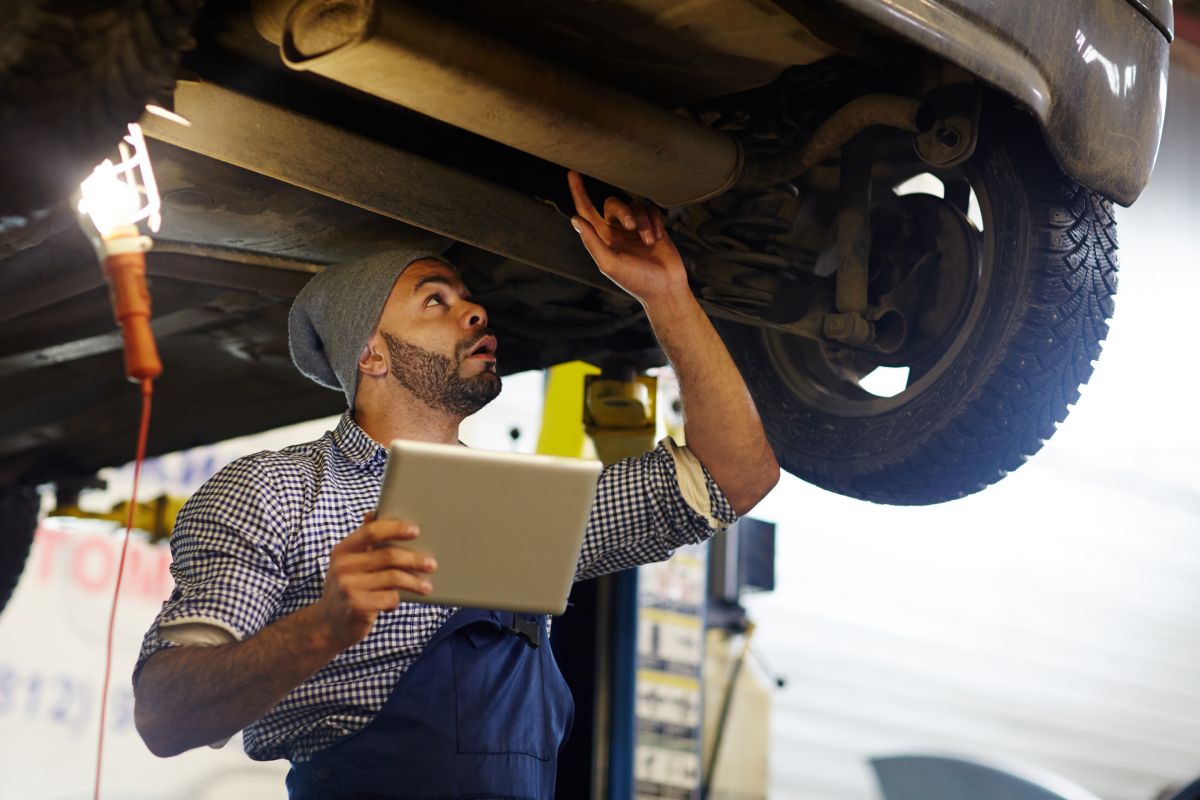
Test Drive
A test drive is a crucial step in the car-buying process as it allows you to assess the car’s performance, handling, and overall driving experience. Here are some important considerations during the test drive:
- Starting the Engine and Observing Abnormal Sounds or Vibrations: Start the engine and listen for any unusual noises such as rattles, knocks, or excessive vibrations. An engine should run smoothly and quietly.
- Smoothness of Gear Shifting (For Manual Transmission) or Automatic Transmission Performance: If the car has a manual transmission, pay attention to how smoothly the gears shift, ensuring there are no grinding or resistance issues. For automatic transmissions, check if the shifts are seamless and without delay or harshness.
- Acceleration and Braking Performance: Test the car’s acceleration by merging onto a highway or making quick lane changes. Ensure that the car accelerates smoothly and responds promptly. Test the braking system by gradually applying the brakes and ensuring they feel firm, without any unusual noises or vibrations.
- Steering Responsiveness and Alignment: Evaluate the car’s steering responsiveness by making turns and maneuvering through different road conditions. The steering should be precise and not excessively loose or tight. Additionally, check for any signs of misalignment, such as the car pulling to one side when driving on a straight road.
- Testing Various Features: During the test drive, take the opportunity to test various features such as the brakes, windshield wipers, lights, indicators, air conditioning, heating, and any other features specific to the vehicle. Ensure that all features are functioning as expected.
Documentation and History Check
Before finalising the purchase, it’s essential to gather and review important documentation and conduct a history check to ensure transparency and peace of mind. Here are the key steps to follow:
- Review Maintenance Records and Service History: Ask the seller or dealership for the car’s maintenance records, which can provide insights into how well the vehicle has been maintained. Look for regular servicing and any major repairs or replacements.
- Verify the Vehicle Identification Number (VIN): Confirm that the VIN on the car matches the VIN on the vehicle registration documents and other paperwork. Inconsistencies may indicate issues with the vehicle’s history or potential tampering.
- Check for Outstanding Recalls or Warranty Information: Visit the manufacturer’s website or contact a dealership to check if there are any outstanding recalls for the specific make and model of the car. Additionally, inquire about any remaining warranty coverage.
- Obtain a Vehicle History Report: Consider obtaining a vehicle history report from reputable sources such as Carfax or AutoCheck. These reports provide valuable information about the car’s past, including accidents, title history, mileage discrepancies, and other relevant details.
- Verify Ownership and Title Documents: Ensure that the seller has clear ownership of the vehicle and that all title documents are properly transferred during the sale. Check for any liens or encumbrances on the vehicle.
Additional Considerations
When buying a car, there are several additional factors to consider beyond the inspection process. These factors can impact your ownership experience and the long-term costs associated with the vehicle. Here are some key considerations:
- Insurance Costs and Coverage Options: Research the insurance costs associated with the car you’re considering. Certain vehicles may have higher insurance premiums due to factors such as the model’s safety rating, repair costs, or theft rates. Obtain insurance quotes and compare coverage options to ensure you can afford the associated costs.
- Fuel Efficiency and Average Mileage: Consider the fuel efficiency of the car and its average mileage per gallon. A fuel-efficient vehicle can save you money on fuel expenses in the long run. Take into account your typical driving patterns and choose a car that aligns with your needs.
- Maintenance and Repair Costs: Research the expected maintenance and repair costs associated with the specific make and model of the car. Some vehicles may require more frequent or expensive servicing, while others may have lower maintenance costs. Understanding these costs beforehand can help you budget accordingly.
- Warranty Availability and Coverage: Inquire about the availability of warranties for the car you’re interested in purchasing. A warranty can provide added protection and peace of mind against unexpected repair expenses. Understand the coverage details, duration, and any limitations or exclusions that may apply.
- Researching the Car’s Market Value and Comparing Prices: Conduct research to determine the fair market value of the car you’re considering. Use online resources, car valuation websites, and local market trends to ensure you’re paying a reasonable price. Compare prices from different sellers or dealerships to make sure you’re getting a competitive offer.
Conclusion
A checklist inspection before buying a car is an essential step in the car-buying process. By thoroughly inspecting the car’s exterior, interior, and mechanical components, conducting a test drive, reviewing documentation, and considering additional factors, you can make an informed decision and minimise the risk of purchasing a problematic vehicle.
Remember, the checklist inspection helps you identify potential issues and assess the car’s overall condition. It’s essential to invest the time and effort in this process to ensure that the car meets your expectations, suits your needs, and provides a reliable and enjoyable ownership experience.
Take your time, ask questions, and consult with trusted professionals when necessary. With a thorough inspection and careful consideration, you’ll be on your way to finding the right car that meets your needs and brings you joy for years to come.
